Few people believe that there are animals too familiar to us such as cranes, weasels … were on Earth millions of years ago.
There are even a number of animals living at the same time as dinosaurs still roam the natural world today. The list of ancient creatures that still exist on Earth below will surely surprise many of you.
1. White-tailed deer – existed 3.5 million years ago
The white-tailed deer are the oldest living deer to date, and their agile and flexible features are still intact 3.5 million years ago.
According to the biologist, this species is still alive today simply because it is perfectly adapted to exist in the natural world.
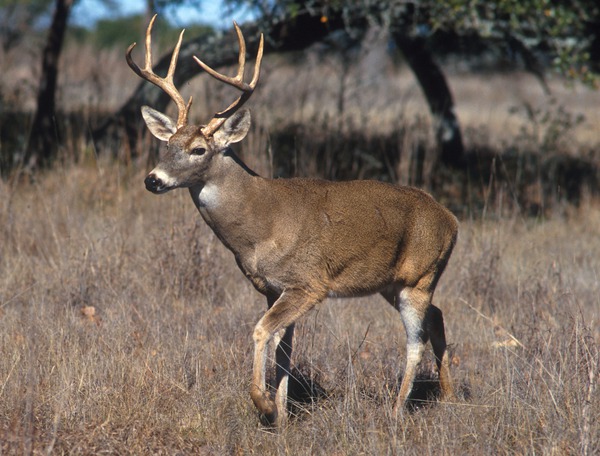
White-tailed deer can grow in climates ranging from the Arctic to Brazil – it is considered the greatest habitat of any ungulate species to ever exist.
While researching this species, the experts found that they knew how to prevent risks such as the elimination of traces on the ground by walking on the spot. When hunted, they will follow familiar paths where they are familiar with obstacles, which deters predators and slows down.
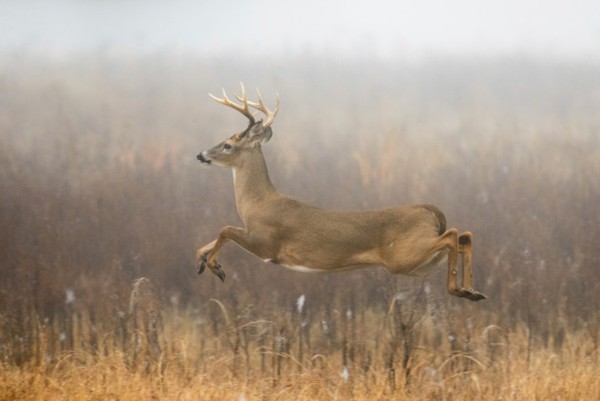
2. Zebras – existed 4 million years ago
Few doubt that African plains zebras have been around for a long time on Earth – up to 4 million years ago.
Zebras separated from the common prehistoric horse about 4 million years ago. Today, zebras are divided into 3 large species and more than 10 subspecies, all with a characteristic Mohawk mane and characteristic roar.
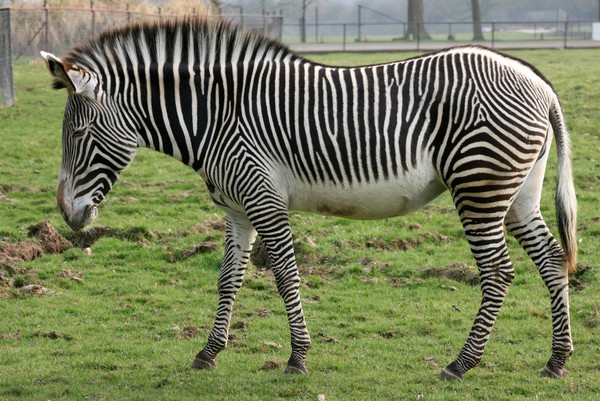
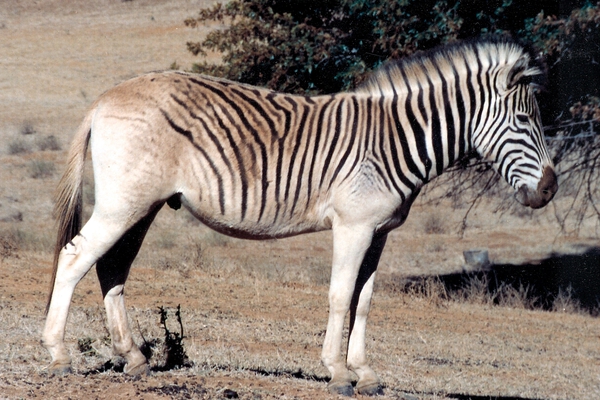
In addition, the extinct quagga is a subspecies of the most popular prairie zebra today, say biologists.
The results of DNA tests on the zebra show that there are similarities between this species and the delta zebra. The two species separated and evolved along two different paths during the Ice Age of 120,000-290,000 years ago, during which zebras developed more zebra stripes as well as body shape.
3. Sandhill crane – 10 million years ago
Of the 15 extant crane species, the sandhill crane is the largest and has the widest range of habitats.
The oldest fossils of this species were found in Florida and date to around 2.5 million years ago, but it may not be the oldest fossil record.
Another fossil has been unearthed in Nebraska and this is convincing evidence that the sandhill crane existed long before.
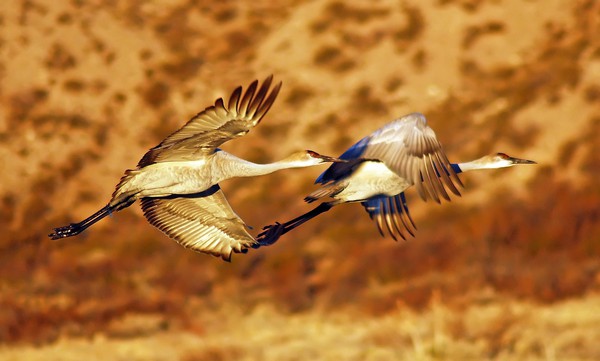
Each year, from March to April, approximately 500,000 individuals of this gray-green red-headed crane make a spectacular migration towards Canada and Alaska, at speeds of up to 650 km / day.
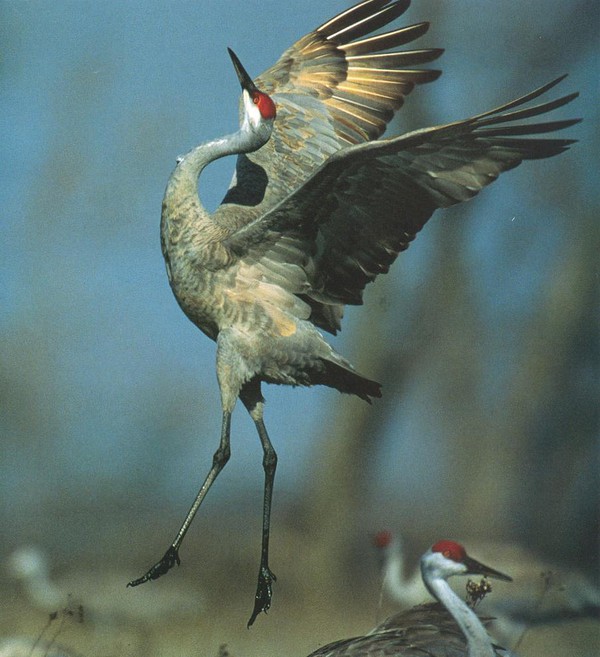
Although not yet listed in the Red Book, sandhill cranes in some areas such as Mississippi, the United States, and Cuba have been considered extinct.
4. Opossum Virginia Weasel – existed 70 million years ago
This only marsupial in North America has the mix of a cute teddy bear and … a rat. Their oldest fossils are around 70 million years old, making them one of the oldest mammals on the planet.
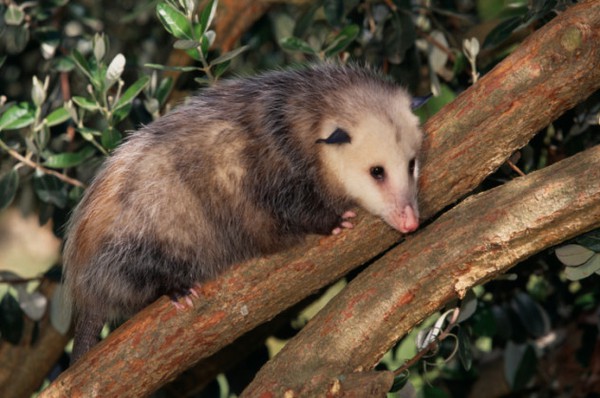
The Opossum weasel retains its basic shape over time. Like kangaroo kangaroos, these weasels protect their young in the upper body sac.
The bag is so secure that there have been cases where a baby animal has survived after the mink was hit by a car. The bag is also waterproof, keeping the mink completely dry while the mother swims.
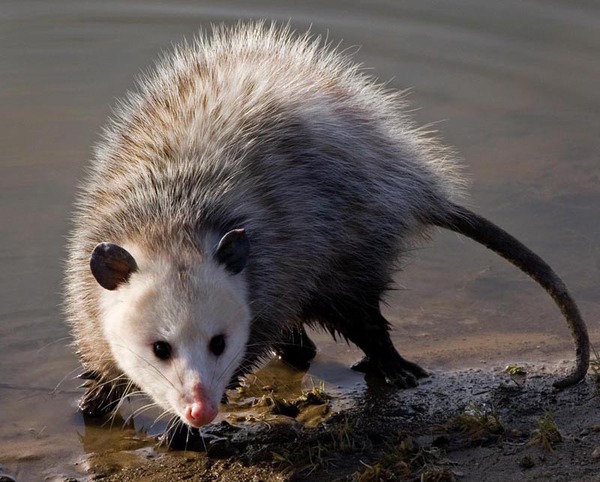
Plus, the possum weasel has a pretty special survival trick: pretending to die. When cornered, they lower their heart rate and breathing rate for up to 6 hours, narrowing their legs and pretending to die. This discourages scavengers and leaves. However, the Opossum weasel does not do this very often, it is a means commonly used only by young cubs.
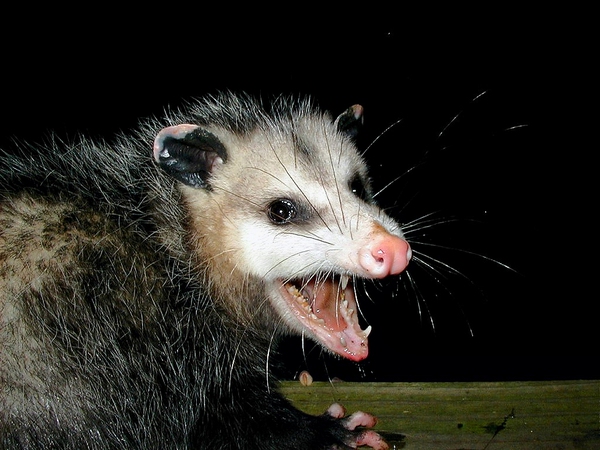
Listverse


